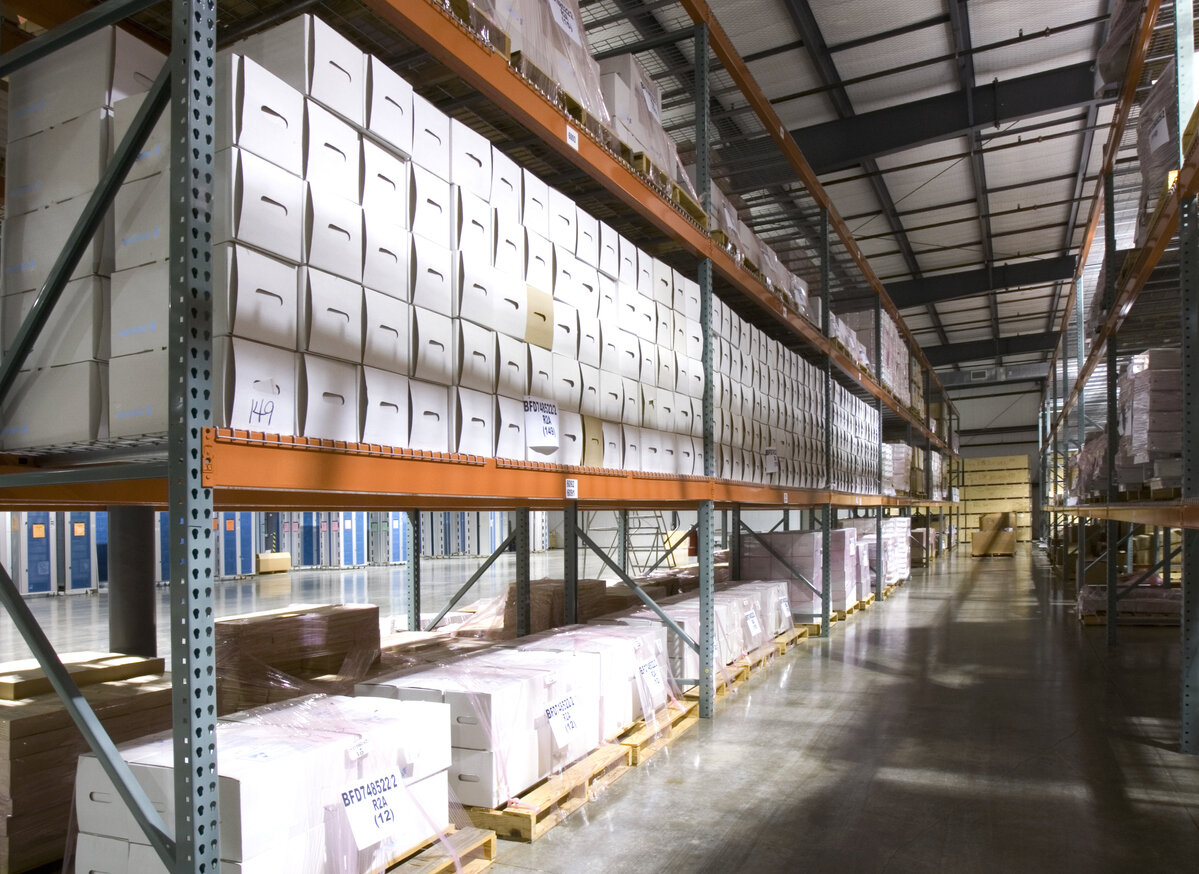Think of a TMS as your control tower, giving you high-level supply chain visibility.
You can’t manage what’s not tracked and measured. That’s why a transportation management system (TMS) is crucial for the effective supply chain management. Some organizations operate under the assumption that they don’t need a TMS — usually because they’ve cobbled together an ad hoc system of separate platforms that accomplishes what’s needed. That approach might work, but it’s likely to be inefficient and expensive in terms of human capital.
When you implement a TMS, you reduce costs, improve your shipping efficiency, and gain access to real-time supply chain visibility. You have access to data that helps you identify and alleviate obstacles and interruptions that impact product delivery. A dedicated TMS offers the advantage of saving time, effort, and money on three important aspects:
-
How a TMS unifies your shipping
-
4 places a TMS does the heavy lifting
-
Ways a TMS helps save money and gain efficiency
The unifier
Supply chain management is often broken up into segments related to supply chain execution (SCE) or supply chain planning (SCP). The supporting software often works specifically for one or the other — but TMS serves both sides. It’s especially useful for organizations that handle shippers, carriers, and other logistics.
One way to think of it is as a software-enabled control tower. It used to be an expensive tower, but thanks to cloud computing and software as a service (SaaS) options, shippers of any size can take advantage of the cost efficiency provided by a TMS. What’s more, it offers shareable transparency with your supply chain stakeholders.
The benefits are so transformational that the TMS market is expected to quadruple in size over the next five years. Most TMS platforms offer these important components:
-
A repository for supply chain and logistics data
-
Auditing and payment for freight settlements
-
Carrier management
-
Freight execution
-
Invoicing
-
Procurement management
-
Route and load optimization
-
Visibility, reporting, and analytics
-
Supply chain communications
-
Business intelligence
4 Places a TMS does the heavy lifting
A TMS offers four main functions that make your supply chain management more efficient and transparent:
1. Freight management
Your TMS platform will constantly gather, store, and update rates. Most give you access to real-time data as well as a unified resource to find it. That’s important when your carrier resource list has thousands or even tens of thousands of sources. This way, TMS platforms can support order management and streamline the paperwork and workflow involved in freight management.
2. Execution
TMS platforms greatly reduce the time and complexity of booking shipments with carriers. Real-time visibility through the platform provides makes it possible to track shipments and share the information with stakeholders.
3. Planning
Because you’re spending less time on execution, you’ll have more time for planning and your organization can invest additional time on optimizing resources. There’s much greater efficiency when sizing loads to maximize the resources for LTL shipments.
4. Administration
Documentation and financial reporting comprise a substantial part of transportation and logistics. TMS platforms tame this beast. It’s possible, for example, to minimize invoicing by establishing automatic payment systems and generate bills of lading that comply with specific customs or insurance requirements. It also makes the documentation required for settlement easier by automating the process. And because this settlement information remains in your data repository, you can use it to find efficiencies for things like capacity utilization and customer demand.
How a TMS helps shippers save money and gain efficiency
While these functions used to be expensive ERP features that Fortune 500 companies implemented on internal servers, today they are available to companies of any size thanks to cloud computing. Cloud-based deployment converts the TMS system from a capital investment to an operational expense, with heavy savings on IT and infrastructure costs.
Integrating the components above into a single platform enables your organization, its vendors, and your customers to work together seamlessly.
-
Customers get direct access to order and shipment information.
-
Vendors are able to schedule, manage, and report inbound shipments.
-
Freight can optimize, plan, and execute product movement. They can also analyze the costs and performance of partners.
-
Distribution gains visibility of inbound material for order fulfillment.
-
Purchasing deepens its successful management of vendors by improved reporting capacity.
-
Finance can accurately analyze cost performance.
-
Sales improve customer satisfaction with real-time reports on performance.
You gain and grow when you can track and interpret. That’s the overarching competitive benefit a TMS provides. You’ll realize cost savings from distribution and warehousing because the platform will allow you to optimize coordination between functional areas in your organization. Automated freight payment and auditing processes also help reduce inefficiencies and errors caused by manual procedures.
Most importantly, a TMS allows you to track and monitor the lifecycle of orders and shipments in real-time. You gain improved inventory management and better forecasting. It all adds up to better visibility and accountability in your supply chain network.
Resource Logistics Group provides a full TMS for its customers for little to no cost. We also provide transportation and logistics advice combined with professional services and state-of-the-art technology. From contract negotiations to easing back-office burdens, we’re your ally in excellence. Connect with us on our contact page for a free analysis of your shipping systems.



